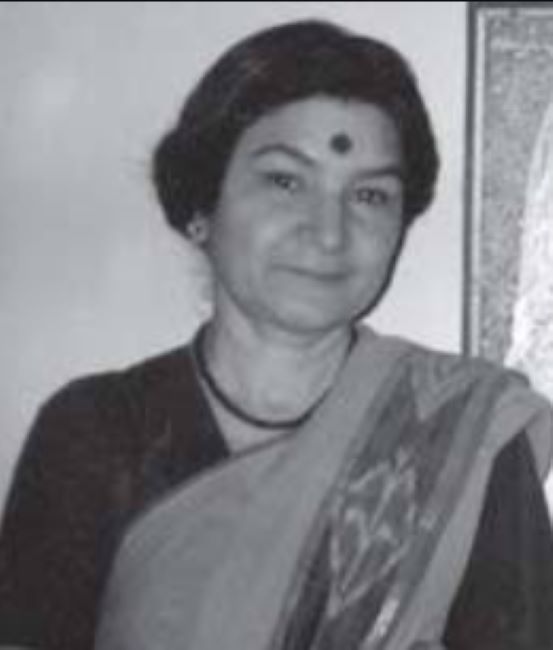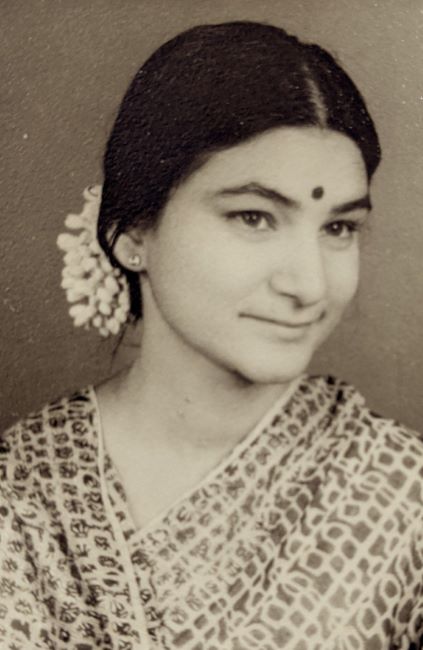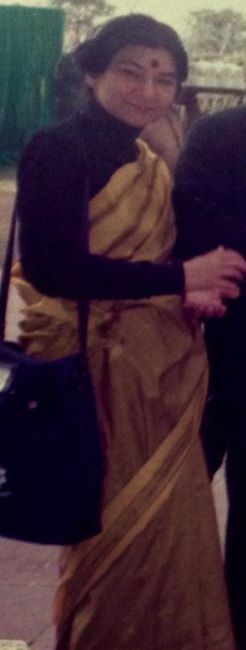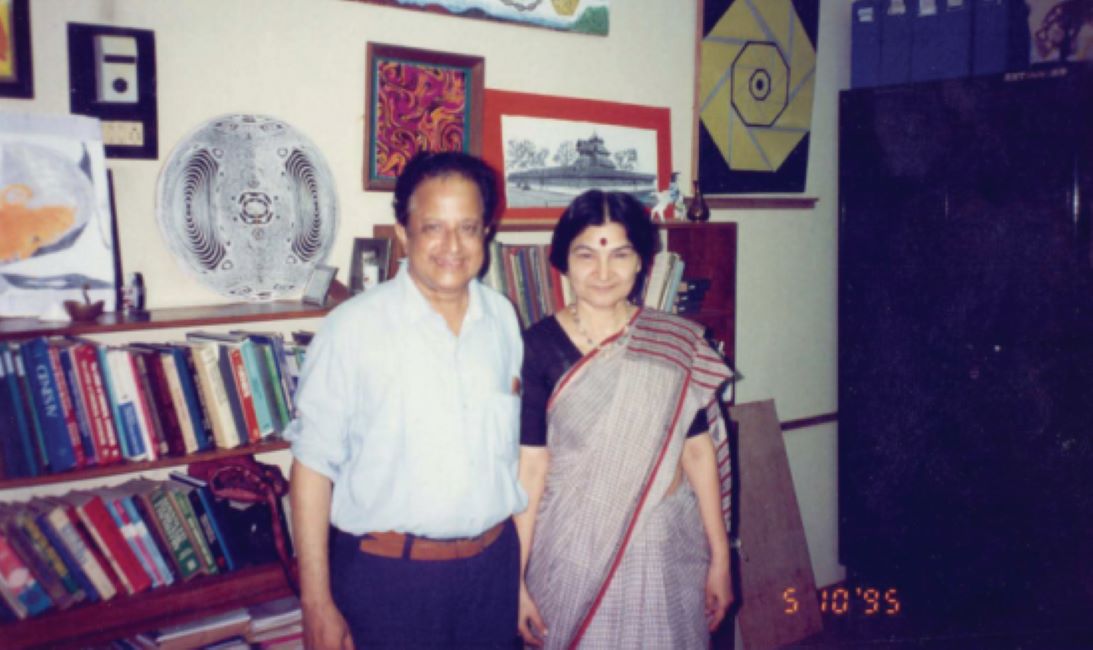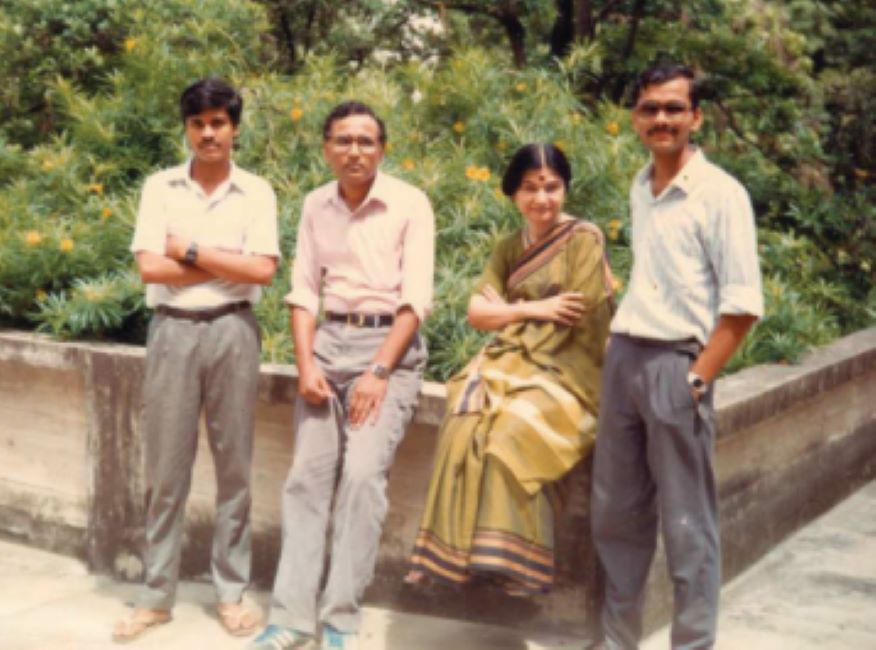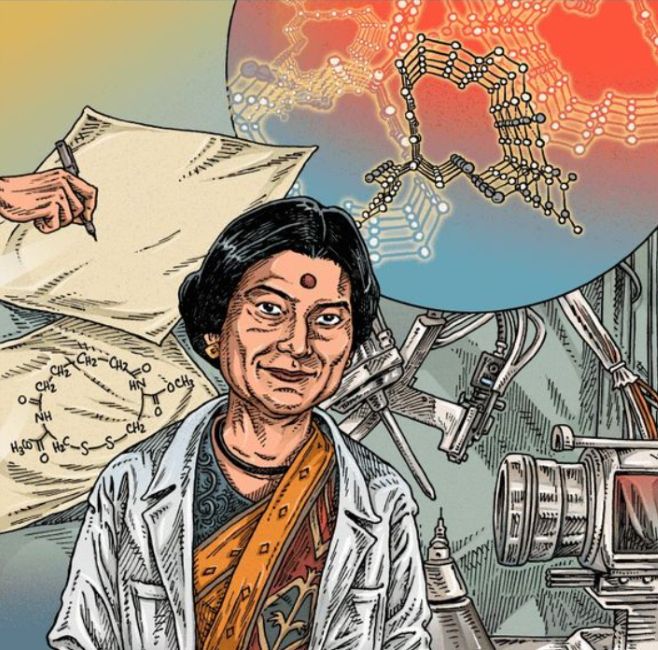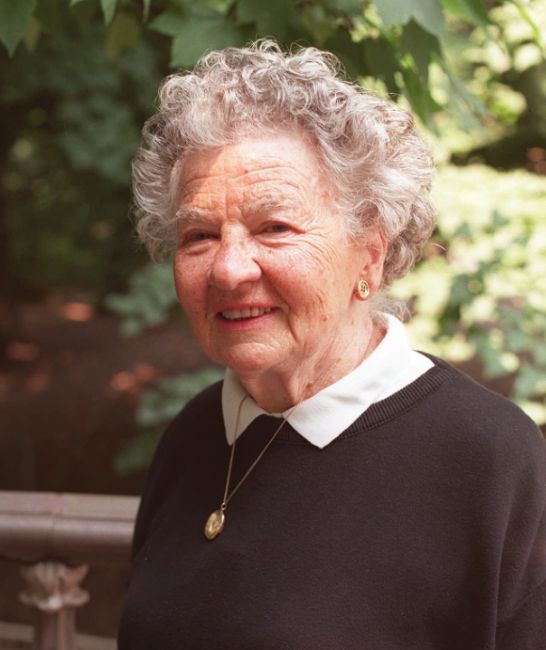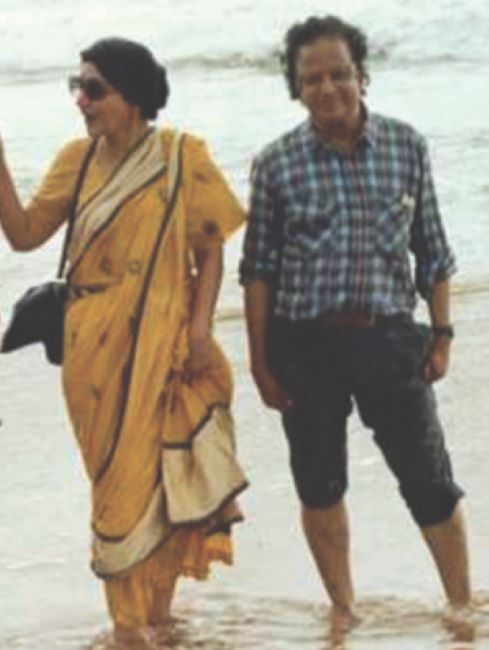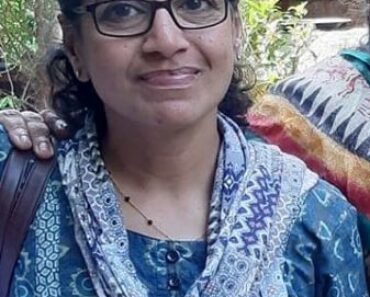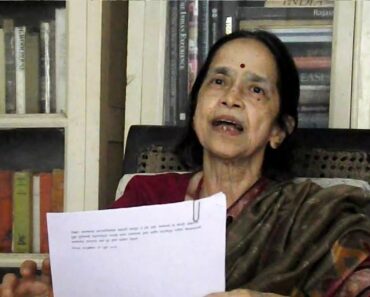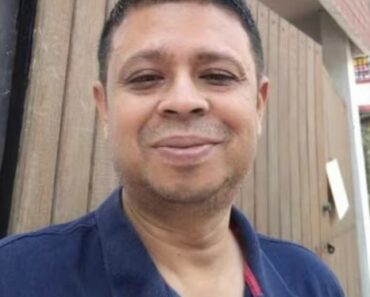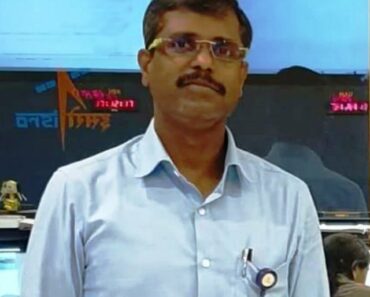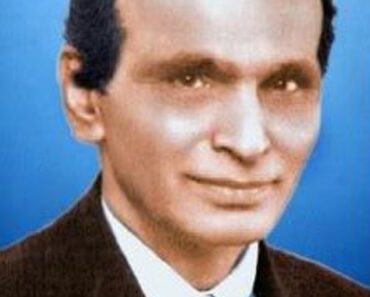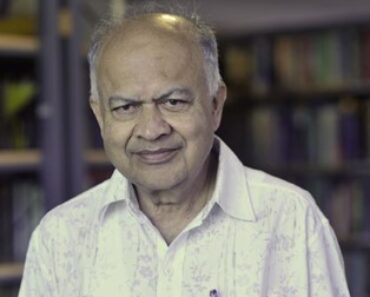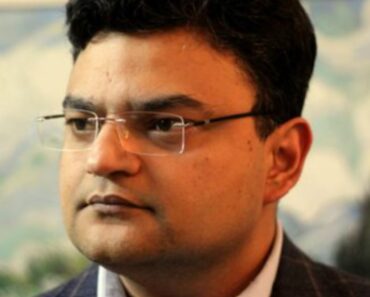Darshan Ranganathan (1941-2001) was an Indian organic chemist. She is known for making important contributions towards “protein folding”. She was also well known for doing important work in areas such as supramolecular assemblies, molecular design, chemical simulation of key biological processes, and the synthesis of functional hybrid peptides and synthesis of nanotubes. Darshan Ranganathan passed away in 2001 due to breast cancer.
Contents
Wiki/Biography
Darshan Ranganathan was born as Darshan Markan on Wednesday, 4 June 1941 (age 60 years; at the time of death) in New Delhi, British India (now India). Her zodiac sign is Gemini. She did her schooling at Arya Samaj Girl’s Primary School, Delhi, from 1946 to 1951 after which she attended Indraprastha Higher Secondary School, Delhi from 1951 to 1958. Darshan received a PhD in chemistry from the University of Delhi in 1967 under Professor T. R. Seshadri. She was also teaching Chemistry at Miranda College, University of Delhi while doing her PhD. In 1966, Darshan Ranganathan won The Senior Research Scholarship of the Royal Commission for the Exhibition of 1851 and went to the Imperial College, London, where she worked with Professor D. H. R. Barton.
Physical Appearance
Height (approx.): 5′ 5″
Hair Colour: Black
Eye Colour: Black
Family
Parents & Siblings
Darshan Ranganathan’s father is Shanti Swarup Markan of Karol Bagh, New Delhi. Her mother’s name is Vidyavati Markan. Darshan was their third child.
Husband & Children
Darshan Ranganathan was married to Subramania Ranganathan (1934-2016). Subramania Ranganathan (known as ‘Ranga’) was a professor and bioorganic chemist. They met in 1969 and got married on 4 June 1970. Darshan gave birth to her son, Anand Ranganathan, in 1972. Anand is a scientist, political analyst, and author.
Signature/Autograph
Career
Chemist
Darshan Ranganathan started out as a researcher at the Indian Institute of Technology Kanpur on 16 June 1970. She shared resources such as students, equipment, chemicals, and project funds with her husband Subramania, who was an Assistant Professor there.
Darshan and her husband conducted research on different areas, and she published many research papers by herself. In 1991, she received a fellowship from the Indian Academy of Sciences and became its member. Darshan conducted her research at IIT Kanpur using the money she received from her fellowships as she was not allowed to join the faculty. This was because her husband was already employed in the institution. In 1992, she was employed by the Regional Research Laboratory (now known as the National Institute for Interdisciplinary Science and Technology), Trivandrum, where she set up a Bioorganic research laboratory. In 1998, she moved to Hyderabad with her husband to join the Indian Institute of Chemical Technology on invitation from its Director, Dr. Raghavan. She came up with a method that allowed a chemical called imidazole, which is important for medicines, to be duplicated on its own in the lab. She also made a model that imitated how our bodies process urea.
Books & Journals
Darshan Ranganathan edited the journal “Current Organic Chemistry Highlights”, which was a monthly analysis of literature, along with her husband Subramania Ranganathan. She also made several publications in scientific journals such as the Journal of the American Chemical Society and the Journal of Organic Chemistry. In fact, before her death, she was working on a review for the Accounts of Chemical Research. A lot of her work was also published after her death; in one instance, her husband, Subramania, studied her work named Patterns for Supramolecular Design, co-authored by Dr. Isabella Karle, and edited it. The book was published by New Age International Publishers, New Delhi, in 2002. Ranganathan loved to mimic biochemical processes in her lab. She wrote the books “Challenging Problems in Organic Reaction Mechanisms” (1972) and “Art in Biosynthesis: The Synthetic Chemist’s Challenge” (1976) with her husband Subramania Ranganathan.
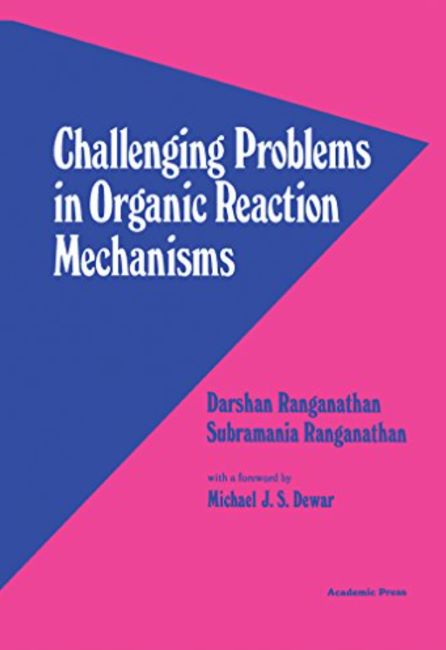
The cover for the book “Challenging Problems in Organic Reaction Mechanisms” by Darshan and Subramania Ranganathan
Awards & Fellowships
- Darshan Ranganathan won The Senior Research Scholarship of the Royal Commission for the Exhibition of 1851 in 1966.
- Darshan Ranganathan received a Fellowship from the Indian Academy of Sciences in 1991.
- Darshan Ranganathan was honoured with a fellowship from the Indian National Science Academy in 1996.
- Darshan received the Third World Academy of Sciences Award (TWAS) in the field of Chemistry in Tehran, Iran, in 1999.
- Darshan Ranganathan was awarded the Jawaharlal Nehru Birth Centenary Visiting Fellowship by the Indian National Science Academy (INSA) in 2000.
- Darshan received the AV Rama Rao Foundation Award at the Jawaharlal Nehru Centre for Advanced Scientific Research (JNCASR).
- Darshan Ranganathan received the Sukh Dev Endowment Lectureship at the National Chemical Laboratory (NCL).
Death
Darshan Ranganathan passed away on 4 June 2001 due to breast cancer. Darshan Ranganath found out that she had a growth on her breast and was diagnosed with breast cancer, which she beat in 1997-98 after a mastectomy. She received top-quality medical treatment at the Basavatarakam Indo-American Cancer Hospital & Research Institute in Hyderabad. In mid-2000 metastasis was discovered in Darshan, and ultimately she passed away due to the cancer in 2001.
Facts/Trivia
- Darshan Ranganathan was highly interested in dancing, drawing, and music as a child.
- Darshan Ranganathan enjoyed origami and painting.
- Darshan Ranganathan passed away on her 60th birthday and 31st wedding anniversary.
- Darshan Ranganathan found a small growth in her breast around the same time that her husband, Subramania, was suffering from Tuberculosis. To prevent causing stress upon her family, she hid this fact until the growth had become large.
- Darshan Ranganathan worked with Dr. Isabella L. Karle from the Naval Research Laboratory in Washington, D.C. for over 7 years. The two published several papers together but never met.
- When Darshan Ranganathan was in London, she made her mother ship dried jackfruit from Delhi as the fruit was not available in London.
- As a tribute to Darshan Ranganathan, the Indian National Science Academy instituted a biennial lecture to an “outstanding woman scientist” in any area of research in Science and Technology.
- Darshan Ranganathan was known for wearing silk sarees and a big round bindi.
- Darshan Ranganathan and Subramania Ranganathan used to invite people over to their lab for pizza and ice cream.

